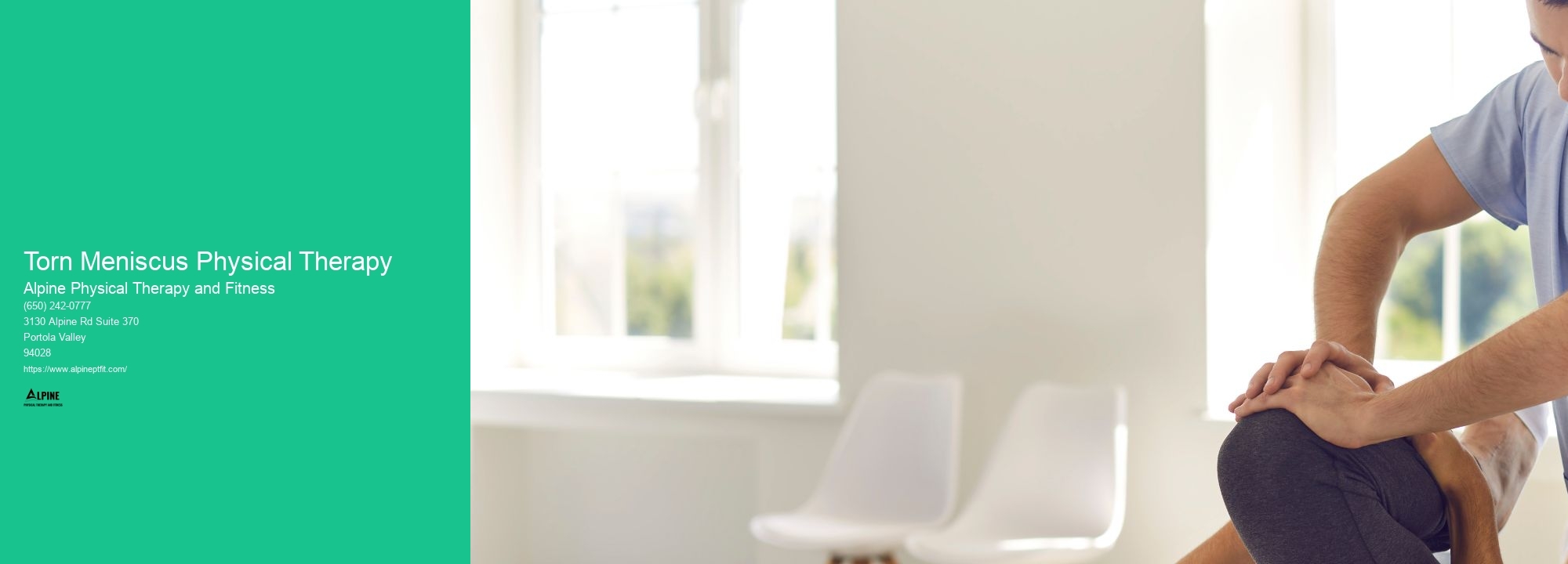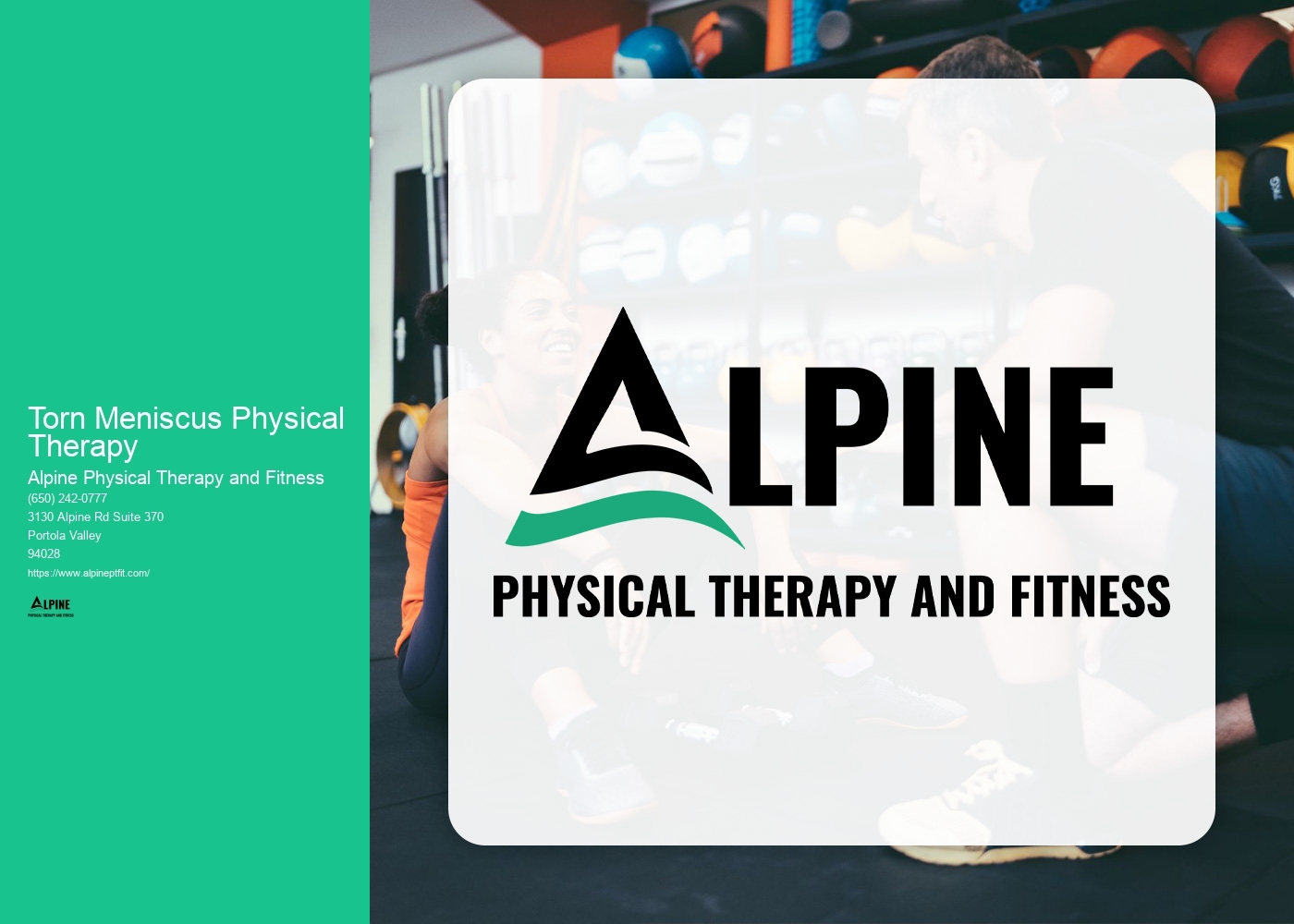

A torn meniscus refers to a tear in the rubbery, C-shaped cartilage in the knee joint called the meniscus. The meniscus acts as a shock absorber between the thighbone (femur) and the shinbone (tibia). It helps to stabilize the knee joint and distribute weight evenly across the joint. A torn meniscus can occur due to sudden twisting or rotating movements of the knee, often seen in sports or activities that involve pivoting or sudden stops. It can also be caused by degenerative changes in the meniscus due to aging or wear and tear.
The symptoms of a torn meniscus can vary depending on the severity and location of the tear. Common symptoms include pain, swelling, stiffness, and a popping or clicking sensation in the knee. Some individuals may experience difficulty fully straightening or bending the knee, as well as a feeling of instability or giving way. In some cases, a torn meniscus may also cause the knee to lock, making it difficult to move.
To diagnose a torn meniscus, a healthcare professional will typically perform a physical examination of the knee and review the individual's medical history. They may also order imaging tests such as an MRI or an X-ray to confirm the diagnosis. An MRI can provide detailed images of the meniscus and help determine the location and severity of the tear.

The treatment options for a torn meniscus depend on the size, location, and severity of the tear, as well as the individual's age, activity level, and overall health. In some cases, conservative treatments such as rest, ice, compression, and elevation (RICE), along with nonsteroidal anti-inflammatory drugs (NSAIDs) for pain relief, may be sufficient. However, if conservative measures do not provide relief, or if the tear is large or causing significant symptoms, surgical intervention may be necessary. Surgical options include meniscus repair, where the torn edges are sewn back together, or meniscectomy, where the torn portion of the meniscus is removed.
Physical therapy can be an effective treatment option for a torn meniscus, both before and after surgery. Physical therapists can design a personalized exercise program to help strengthen the muscles around the knee, improve flexibility, and restore normal range of motion. They may also use modalities such as ultrasound or electrical stimulation to reduce pain and inflammation. Physical therapy can help improve knee stability, reduce pain, and enhance overall function.

The recovery time for a torn meniscus with physical therapy can vary depending on the severity of the tear, the individual's overall health, and their adherence to the prescribed exercise program. In general, it can take several weeks to several months to fully recover from a torn meniscus. Physical therapy sessions are typically scheduled 2-3 times per week initially, and then gradually reduced as the individual progresses. It is important to follow the physical therapist's instructions and continue with home exercises to optimize recovery.
Physical therapy programs for a torn meniscus typically include a combination of exercises to improve strength, flexibility, and stability. These may include quadriceps strengthening exercises, such as straight leg raises and squats, to help support the knee joint. Hamstring stretches and calf stretches can help improve flexibility. Balance and proprioception exercises, such as standing on one leg or using a balance board, can help improve stability and reduce the risk of future injuries. The specific exercises included in a physical therapy program will depend on the individual's specific needs and goals, as well as their progress throughout the recovery process.

Myofascial release and deep tissue massage are both therapeutic techniques used to address muscle tension and pain, but they differ in their approach and focus. Myofascial release targets the fascia, a connective tissue that surrounds and supports muscles, bones, and organs. This technique involves applying sustained pressure to release restrictions in the fascia and restore mobility. On the other hand, deep tissue massage primarily targets the deeper layers of muscles and aims to alleviate chronic muscle tension and knots. It involves using firm pressure and slow strokes to reach the underlying muscles and break up adhesions. While both techniques can be effective in relieving pain and improving range of motion, myofascial release focuses more on the fascia, while deep tissue massage targets the muscles themselves.
When rehabilitating a tennis player with elbow pain, there are several specific considerations that need to be taken into account. Firstly, it is important to assess the severity and underlying cause of the pain, as this will guide the treatment plan. Common causes of elbow pain in tennis players include tennis elbow (lateral epicondylitis) and golfer's elbow (medial epicondylitis), which are both overuse injuries. Treatment may involve a combination of rest, ice, compression, and elevation (RICE), as well as physical therapy exercises to strengthen the muscles around the elbow and improve flexibility. Additionally, modifying the player's technique and equipment, such as using a lighter racket or adjusting grip size, may be necessary to prevent further strain on the elbow. It is also important to address any biomechanical issues or imbalances that may be contributing to the pain, such as poor shoulder or wrist stability. Finally, a gradual return to play protocol should be followed to ensure that the player's elbow is fully healed and able to withstand the demands of tennis. Overall, a comprehensive approach that addresses the specific needs of the individual player is essential for successful rehabilitation of tennis-related elbow pain.
Physical therapy can be an effective treatment option for alleviating symptoms of urinary incontinence in women. Through targeted exercises and techniques, physical therapists can help strengthen the pelvic floor muscles, which play a crucial role in bladder control. These exercises may include Kegel exercises, biofeedback training, and electrical stimulation. Additionally, physical therapists can provide education on proper bladder habits and lifestyle modifications that can help manage and reduce urinary incontinence symptoms. By addressing the underlying causes and providing tailored treatment plans, physical therapy can significantly improve bladder control and quality of life for women experiencing urinary incontinence.
The Maitland Concept is a comprehensive approach that guides the assessment and treatment of musculoskeletal conditions. It emphasizes a thorough examination of the patient's history, including the onset and progression of symptoms, as well as any relevant medical conditions or previous treatments. The concept also emphasizes the importance of a detailed physical examination, which includes assessing joint range of motion, muscle strength, and any specific functional deficits. Based on the findings of the assessment, treatment techniques are selected and applied in a systematic manner. These techniques may include joint mobilizations, soft tissue mobilizations, and therapeutic exercises. The Maitland Concept also emphasizes the importance of ongoing reassessment and adjustment of treatment techniques based on the patient's response. Overall, the Maitland Concept provides a structured framework for the assessment and treatment of musculoskeletal conditions, ensuring a comprehensive and individualized approach to patient care.
Aquatic physical therapy has been found to be highly beneficial for individuals with fibromyalgia. The buoyancy of the water helps to reduce the impact on the joints, allowing for gentle movement and exercise without causing excessive pain. The warm water also helps to relax the muscles and improve circulation, which can alleviate some of the symptoms associated with fibromyalgia, such as muscle stiffness and fatigue. Additionally, the resistance of the water provides a gentle form of resistance training, which can help to improve muscle strength and endurance. Aquatic physical therapy also provides a supportive and safe environment for individuals with fibromyalgia to exercise, as the water provides a cushioning effect and reduces the risk of falls or injuries. Overall, aquatic physical therapy can help individuals with fibromyalgia to improve their physical function, reduce pain, and enhance their overall quality of life.
Yes, the Alexander Technique can be effectively integrated into physical therapy for posture correction. The Alexander Technique is a holistic approach that focuses on improving body alignment, movement coordination, and postural habits. By incorporating the principles of the Alexander Technique into physical therapy sessions, therapists can help patients develop a greater awareness of their posture and movement patterns. This can lead to improved body mechanics, reduced muscle tension, and enhanced overall posture. The Alexander Technique can complement traditional physical therapy techniques by providing patients with tools to consciously adjust and maintain proper alignment and posture throughout their daily activities. By integrating the Alexander Technique into physical therapy, therapists can offer a comprehensive approach to posture correction that addresses both the physical and mental aspects of movement and alignment.